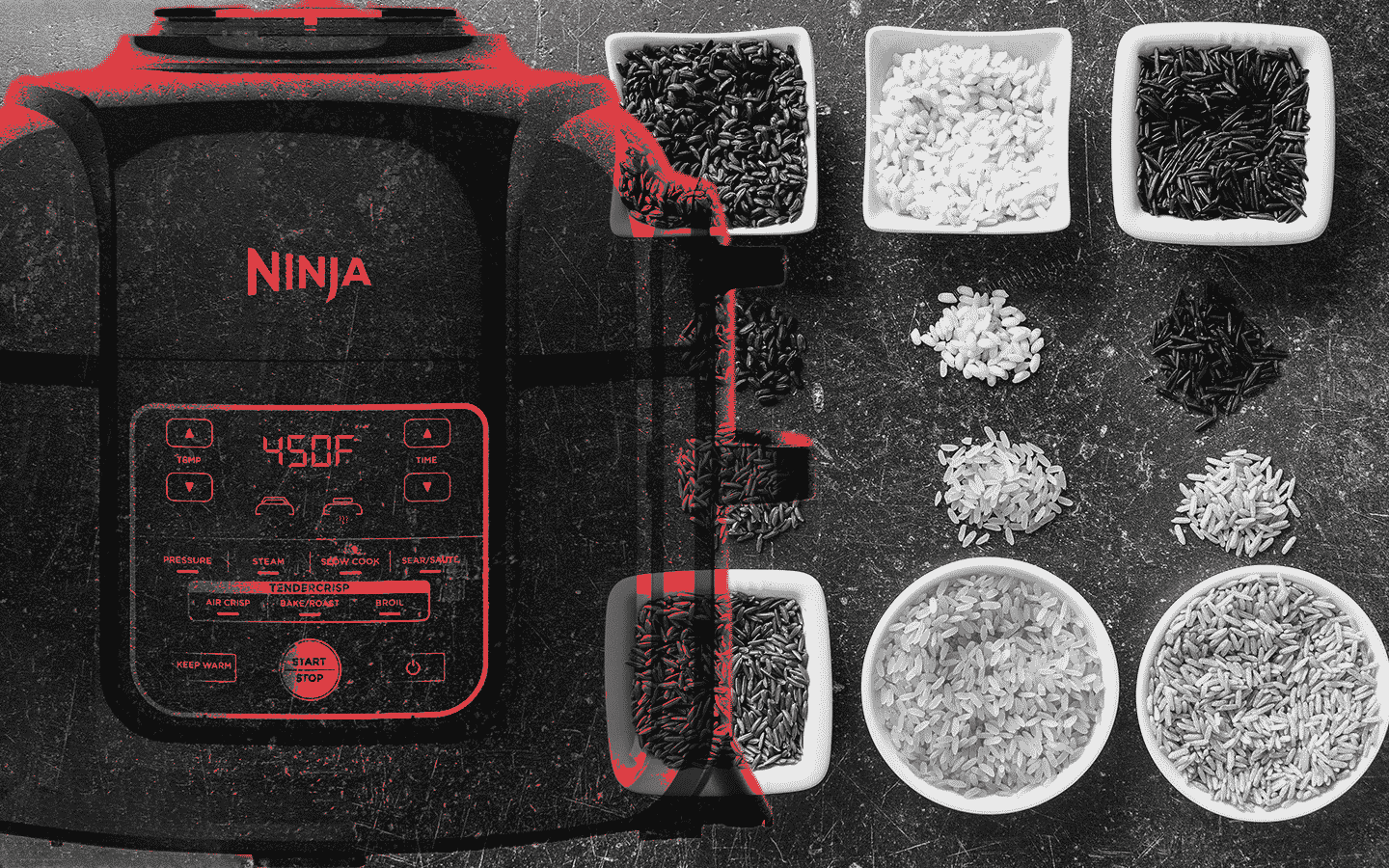When I was first entering the world of pressure cookers and I already owned a really nice rice cooker. But being in a very small 1 bedroom apartment with my wife we were worried a lot about space. So we needed to know if the Ninja Foodi could cook rice which was important!
Answer: Yes the Ninja Foodi can cook rice very well in a variety of ways. This includes white rice, basmati rice, Mexican rice, jasmine rice, and even boxed rice such as Uncle Ben’s™ rice.
How to Cook Rice in the Ninja Foodi
I’m not going to go into great detail here because this is not a recipe post. However, this will work for most rice, and get you started until I link the additional recipes and guides that we are working on for Foodie Results.
The important thing is this general recipe will get you started and then you can make slight adjustments each time you make rice or switch types.
What you need:
- rice (1-3 cups)
- water (2-4 cups, read the instructions before starting)
- 10-20 min
Instructions
Put your desired amount of rice in the cooker bowl. Optionally you can rinse the rice. Rinsing the rice changes the flavor and stickiness, when I was younger I would not rinse the rice if I was making rice for breakfast but would for all other meals. Now I always rinse my rice.
Fill the bowl with water until around 1 inch of water is covering the top of rice many people measure using their first knuckle on their finger (your first finger bend after your nail).
Put the bowl back in the cooker and place the lid on sealing the pressure valve. Select high pressure. Cook for 15 min. Let the cooker do an NPR (read our article about Natural Pressure Release, opens in new tab) for 10 full minutes after it finishes, then finish with QPR. Open the lid.
(read our article about Natural Pressure Release, opens in new tab) for 10 full minutes after it finishes, then finish with QPR. Open the lid.
If the rice is cooked to your desired dryness and fluffiness you are good to go. If the rice is too wet put the lid back on, close the pressure valve and cook on high for another 10 min. These are very basic steps but if you just want some simple rice this will get you by.
Mini Guide: Rice
Inside of this post I got a little carried away listing the rice types, I could find recipes, videos, or Ninja Foodi instructions for, but instead of boring you with all of them, I decided I’m going to make a more comprehensive guide and give you the listings below. Click the link to read about the rice you are interested in and as we add recipes I will add additional links to each section.
Others might exist but I wanted to limit to ones I could find Ninja Foodi specific recipes for or ones that I had made myself.
You Can Go to the Next Step
One of the ways the Ninja Foodi is able to blow away other cookers when it comes to making rice is the thing that makes the Ninja Foodi so special in the first place.
Once you are done cooking the rice in the pressure cooker you can cook the next part of your dish! Think about how amazing that is. You finish the rice and now you can put the veggies in and add some meat to the top rack (unless you are doing the vegan rice then you can add tofu).
If you are frying rice there are several ways to do this but if you are the type like me that prefers the rice is a little dryer for frying then you can stick the rice in the fridge for your desired length of time. Once you pull it out it can go right back into the Ninja for frying!
Because of the unique way the Ninja Foodi combines pressure cooking, sauteing, and air frying this not only opens the doors for a lot of dishes that can now be cooked using one appliance, but it is my belief that people will start inventing new dishes altogether. Just thinking about the possibility with the Ninja Foodi and rice, has me thinking of all kinds of strange new things I want to try out.
Which Rice Can the Ninja Foodi Cook?
It might help you to know the Ninja Foodi even has a ton of good instructions included in their recipe book for several types of rice. As we build this site and start adding recipes I’m going to link to recipes of the following kinds of rice cooked in the Ninja Foodi so you might want to keep checking back for that. Each of the following is a rice style that I know can be made because I have either done it or already seen a recipe for it:

Akita Komachi rice – Akita Komachi is short-grained rice used often in sushi and nigiri. It is also famously used to make rice balls and sake!
While I have yet to figure out making sake, Akita Komachi rice is easily cooked in the Ninja Foodi or Instant Pot in a variety of ways. Steaming is as simple as pressure cooking without too much water. Boiling involves having enough water to submerge the rice completely and will make for softer, stickier rice. If you are going to make sushi or rice balls don’t wash off too much of the starch powder during the rinsing.

Arborio rice – Arborio rice is short-grained. When cooked, the rounded grains are solid and chewy when contrasted to other sorts of rice. It holds a starchy flavor and mixes with other flavorings. Arborio rice is Italian rice often used to make risotto and rice pudding.
Arborio rice should not be stirred too much during the rinse and wash process, doing so will break the grains.
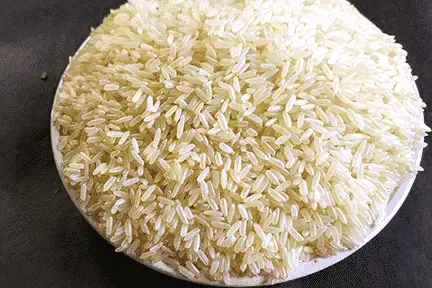
Basmati rice – Basmati is a variety of long, slender-grained aromatic rice that is traditionally from the Indian subcontinent. Basmati rice has a strong aroma and flavor. This essential fragrance is also detected in cheese, fruit, and additional cereals. While cooking, the level of the pleasant aroma unfortunately deteriorates. Soaking the rice for 30 minutes before cooking grants quicker cooking times and maintains much more of the fragrance.

Broken rice – Broken rice bits are the remnants of rice, broken throughout harvest, transport, and processing. It retains the same nutrients as whatever type of rice it originated from. Due to the varying size and shape of the grains, broken rice has a distinctive, more delicate texture from “intact” rice, and incorporates flavorings more quickly.
There is nothing amiss with broken rice other than appearing cracked. Any variety of broken rice is cooked the same way as the uninjured versions.
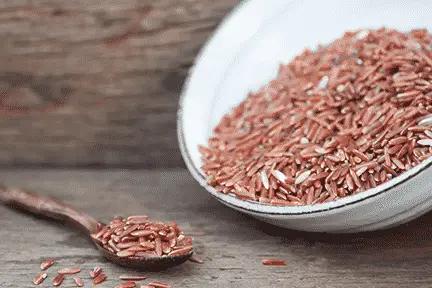
Brown rice – Brown rice is whole-grain rice with the indigestible exterior hull excluded while retaining the bran layer, and cereal germ. Short, medium and long-grain have similar cook time and pressure requirements. We cook this weekly at our house and I can’t wait to showcase it in an upcoming video.
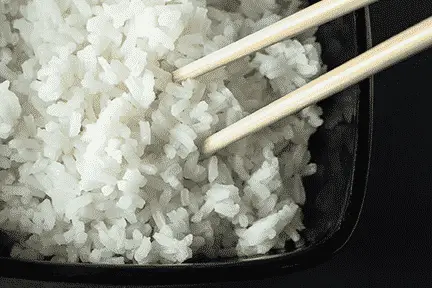
Fluffy white rice – Fluffy white rice is made from almost any variety of long-grain, medium-grain, or short-grain rice listed here. The main way to ensure a bowl of fluffy rice instead of sticky rice is to wash the starch dust thoroughly off before cooking.
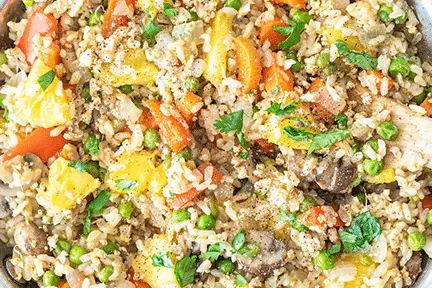
Fried Rice – Any-grain rice you want. Some like it fluffy and some like it sticky to add a crunch. For the best results, wait one day after boiling before frying. There are many different varieties of vegetables, fruits, and protein combinations to try! The Ninja Foodi holds an advantage over all other cookers for any fried rice. You can cook the rice, and fry it in the same pot. Limiting the number of dishes, and reducing the time it takes to cook your meals!

Hawaiian rice – no specific rice is needed this is more of a combination of ingredients and spices that make a rice “Hawaiian.” Typically it has a bit of heat from crushed peppers, fruit like pineapple, and ham. Often it is also flavored with coconut milk.
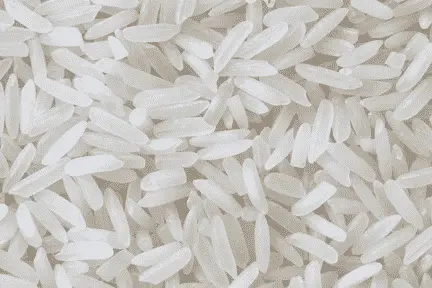
Jasmine rice – a long-grain variety that is known for a distinct fragrance similar to popcorn. This fragrance fades as the rice ages. With a slightly sweet flavor, it is a popular addition to any meal. We cook this rice weekly and I’m looking forward to showcasing it in one of our upcoming videos.
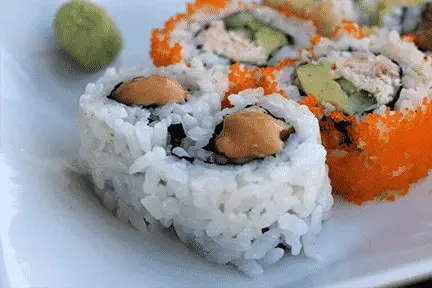
Koshihikari rice – If there is a single variety of rice that properly represents Japanese culinary creations, including sushi, it is “Koshi rice”. Koshihikari rice is a short-grain rice that is unparalleled in its characteristics, with density, consistency, fragrance, and innate sweetness which makes it ideal for sushi.
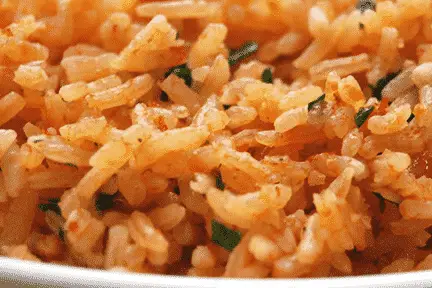
Mexican rice – known as arroz rojo there is not a specific grain needed to have Mexican rice, more so is a combination of ingredients and spices. Mainly cumin and you will find it typically has a red-orange color. I can’t wait to show you the dishes we make with this rice!

Purple or black rice – Black rice, also known as purple rice or taboo rice, is invariably sold as a whole grain, with the outside covering of bran whole. The uncooked grains appear black. While cooked or moistened, the grains look purple. Another I have not tried but am looking forward to cooking in my Ninja Foodi.
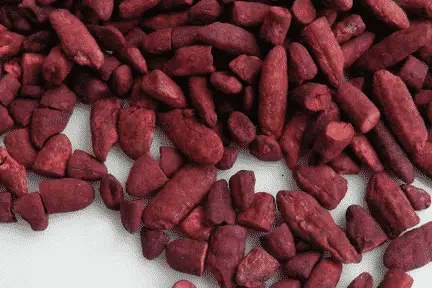
Red yeast rice – Red Rice Koji is a kind of fermented rice, which gets its coloring from being grown with a very special mold. Red yeast rice is applied to color a broad variety of foods and delicacies that need red food coloring. It is also traditionally utilized in the creation of several types of sake. Although used principally for coloring food, it presents a delightful taste to food.

Spanish rice – known as paella many people assume Spanish rice is the same as Mexican rice, but Spanish rice makes use of saffron as opposed to cumin and is typically more yellow in color.
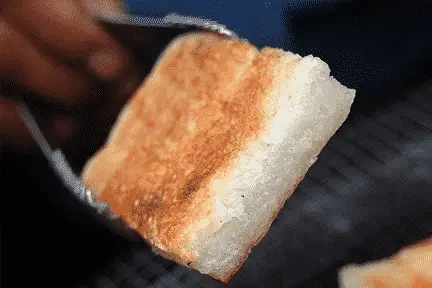
Sticky rice – Glutinous rice has a rather faint amylose content and is exceptionally viscous when cooked. Like all varieties of rice, glutinous rice does not include dietary gluten and should be harmless for gluten-free diets. Often mistaken for sushi rice, sticky rice is primarily used in sweet treats and rice snacks. Personally, I can’t wait to try this one out!
content and is exceptionally viscous when cooked. Like all varieties of rice, glutinous rice does not include dietary gluten and should be harmless for gluten-free diets. Often mistaken for sushi rice, sticky rice is primarily used in sweet treats and rice snacks. Personally, I can’t wait to try this one out!
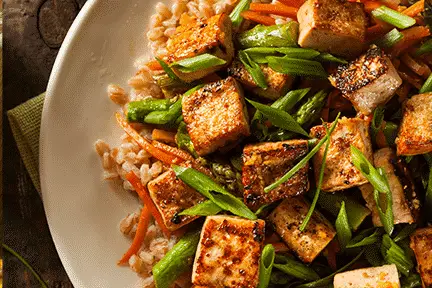
Vegetarian fried rice – Lacto-Ovo is the standard vegetarian and usually includes egg. Vegan forgoes the egg and sometimes adds protein with tofu. I have not ever tried vegetarian rice, but recipes are online and the Ninja Foodi is uniquely suited for this type of fried cooking. You can cook the rice, tofu, and then fry everything in 1 pot.

Wild rice – Typically consisting of 4 four species of grasses this is considered a delicacy in North America. My favorite pairing for this rice is chicken, and my wife makes some kind of wonderful sauce that I will have to feature in a recipe at some point.
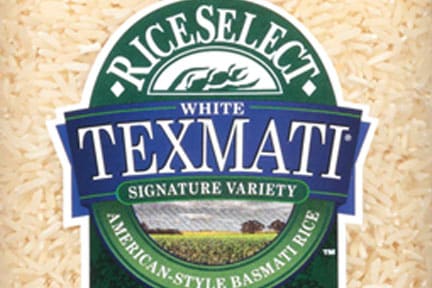
Texmati™ rice – grown in the southwestern United States this rice is aromatic rice, but not as aromatic as basmati rice. It is known for having a light and fluffy texture. I found a few recipes online for this one and plan on trying it out.

Uncle Ben’s® Ready Rice® – This rice is Parboiled rice also called converted rice. This process is a pre-cooking that steams or boils the rice in the husk. The advantage is easier cooking when purchased and higher nutritional value. Another one I found interesting recopies for and I have had this from the stove but not in my Ninja yet. I also thought it was interesting as I was reading about converted rice.
Special Mentions
Only because they have rice in the name. Many of these are rice alternatives that are used for keto recipes or other special diet considerations. I’m getting excited about the comprehensive rice guide!
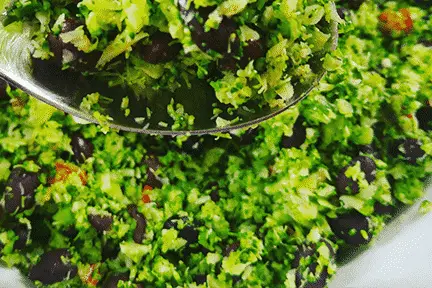
Broccoli rice – broccoli rice – This is shredded or riced broccoli. There are several ways to do this including using a food processor or even a cheese grater. Drown this rice in butter and you will find me in food heaven.
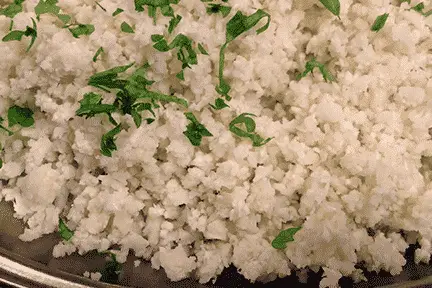
Cauliflower rice – cauliflower rice – this is rice made from shredded or “riced” cauliflower. It can be cooked in a variety of ways and has a unique flavor that compliments certain dishes well. Some of my favorites are salty or smoked meats and other things that have nutty flavors.
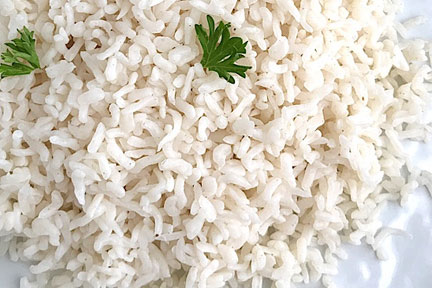
Shirataki rice – Flour rice is not made from wheat but instead a root much like the potato called the konnyaku from the Konjac plant. This is not one I have ever tried but I hear it is good. I have also read in several places it is good for diabetes control as it is very low in carbs and has no sugars.

Carrot rice – Like broccoli and cauliflower carrots can be used as a rice substitute. Another one I have not tried but I’m going to be doing so soon.

Rutabaga rice – Another I have been looking to try. However, for this one, you need to spiralize this root to unlock the potential for noodles or rice.
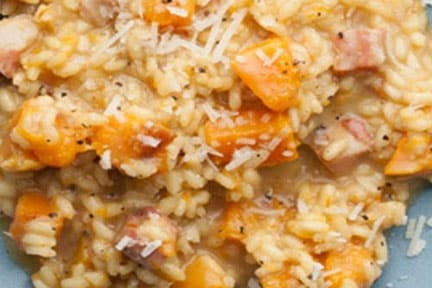
Butternut Squash rice – One of my favorite noodle alternatives butternut squash can also be used as a rice alternative. The flavor is unique and to me irresistibly good. I use this for spaghetti noodle alternatives all the time. My wife hates it because I never leave her enough.
The beautiful thing about the Ninja Foodi is just how versatile it really is. This is is in no way comprehensive even though I have tried to make it rather complete.

